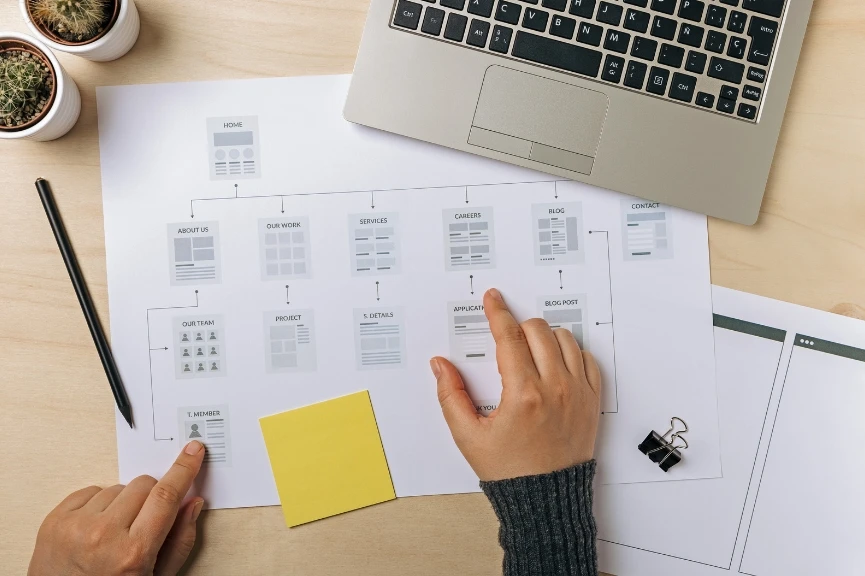In today’s digital age, websites are the cornerstones of our online presence. But what if your website excludes a significant portion of potential visitors? Here’s where web accessibility comes in, playing a crucial role not just in ethics, but in user psychology and ultimately, your website’s success.
Understanding User Psychology: Why Accessibility Matters
People with disabilities make up a sizable portion of the global population. According to the World Health Organization, roughly 15% of the world’s population experiences some form of disability. By neglecting accessibility, you’re essentially turning away a vast audience and hindering your website’s potential.
However, accessibility goes beyond just numbers. Let’s delve into the psychology behind user experience and how an accessible website fosters positive emotions:
- Trust and Credibility: A website that prioritizes accessibility conveys a sense of inclusivity and care. This builds trust and establishes your brand as one that values all users.
- Ease of Use and User Satisfaction: A well-designed, accessible website is easy to navigate and understand for everyone. This translates to user satisfaction, a key factor in building brand loyalty and encouraging repeat visits.
- Reduced Frustration: Inaccessible websites can be frustrating for users with disabilities. By removing these barriers, you create a positive user experience that fosters goodwill and encourages engagement.
Psychology in Action: Design Principles for Accessibility
Now that we understand the “why” behind accessibility, let’s explore the “how” with some key design principles:
- Clear and Simple Navigation: Make your website structure intuitive and easy to follow. Utilize clear menus, consistent layouts, and logical information hierarchy.
- Alternative Text Descriptions for Images: Provide concise descriptions for all images using alt text. This ensures users with visual impairments can understand the context and content of your visuals.
- Color Contrast and Readability: Employ sufficient contrast between text and background colors for optimal readability. Consider offering color-blind friendly themes for added inclusivity.
- Keyboard Navigation: Ensure your website is fully functional using just a keyboard. This caters to users with motor limitations who may not be able to use a mouse.
- Closed Captions for Videos: Provide closed captions for all video content. This allows deaf and hard-of-hearing users to access the information conveyed in videos.
The Psychology of Design: A Win-Win Situation
By embracing accessibility, you’re not just complying with ethical and legal guidelines; you’re making a powerful psychological statement. An accessible website fosters trust, creates a positive user experience, and ultimately, expands your reach and strengthens your brand.
Conclusion: Building Bridges, Not Walls
In a world driven by digital experiences, accessibility is no longer an option, it’s a necessity. By understanding the psychology behind user experience and implementing key design principles, you can create a website that’s inclusive for everyone. Remember, accessibility isn’t just about ticking boxes; it’s about building bridges of connection and ensuring everyone has the opportunity to engage with your online world.
Take the first step towards a more inclusive web today. Let’s design for all and unlock the full potential of your website!

